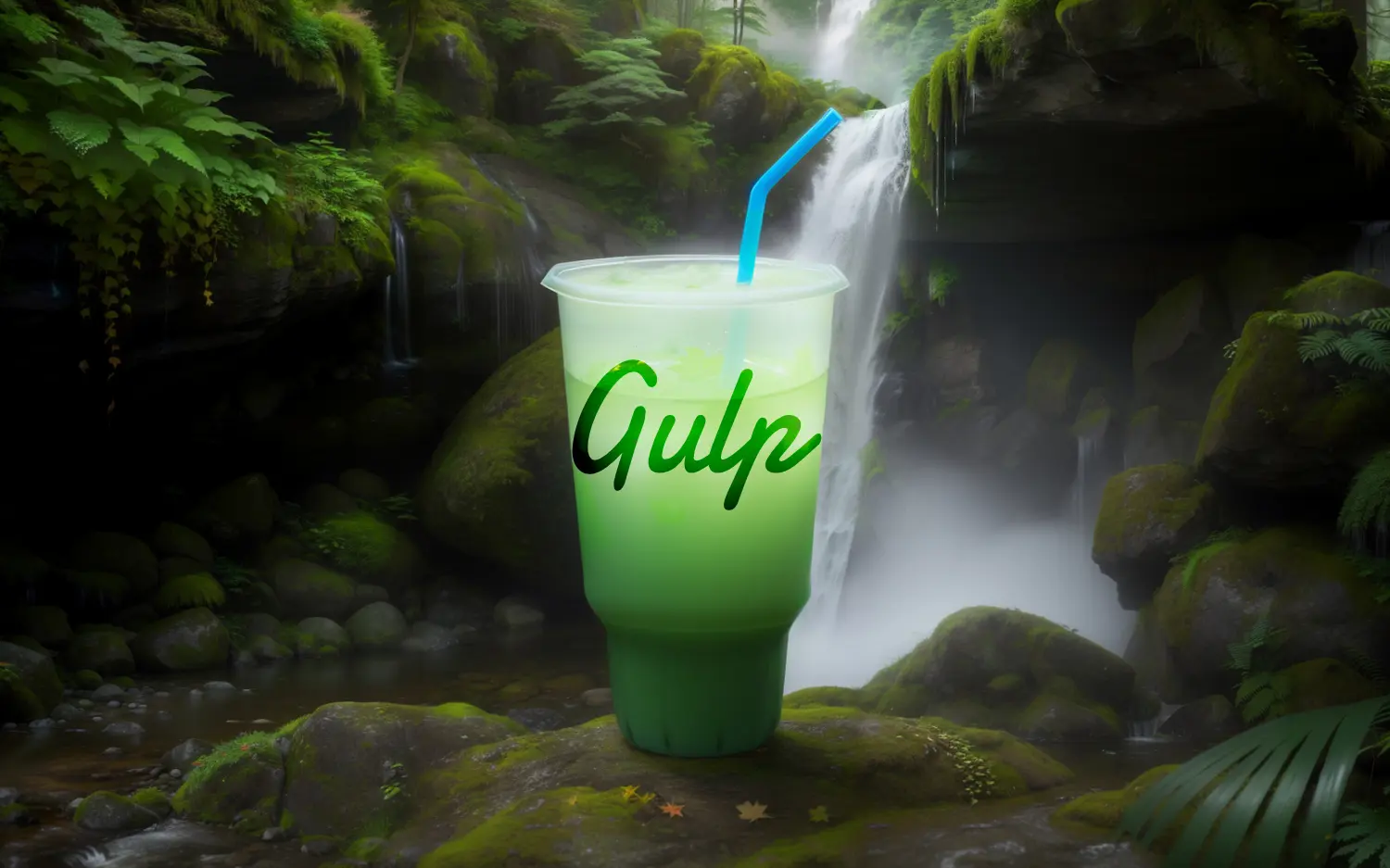Introduction to Gulp.js 6: Images and Vector Fonts

This is the 6th part of my series, Introduction to Gulp.js. The last post was long and complicated. This time it’s an easier one: I will show how I move my images and generate vector fonts.
Images
The image task is a simple one again. All it does for now is copy the images to the asset directory. I will optimize my images later during the production build.
gulp/config.js
images: {
src: srcAssets + '/images/**/*',
dest: developmentAssets + '/images'
}
gulp/tasks/development/images.js
var gulp = require("gulp");
var changed = require("gulp-changed");
var config = require("../../config").images;
/**
* Copy images to build folder
* if not changed
*/
gulp.task("images", function () {
return gulp
.src(config.src)
.pipe(changed(config.dest)) // Ignore unchanged files
.pipe(gulp.dest(config.dest));
});
Vector Fonts
I use vector fonts for my website. Vector fonts are one option to include high-quality icons on a website. Another option is using SVG directly or to use high-resolution images.
I am using Font Custom to generate my vector fonts. There is a gulp plugin for this, but I couldn’t get it running. But I’m fine with running this task with a shell command (via Gulp.js). I will use Gulp.js later to watch the folder containing the SVG files and recreate the vector fonts if needed.
First, I need to install Font Custom (with Homebrew, you can find more installation methods on the Font Custom website):
$ brew install fontforge --with-python
$ brew install eot-utils
Next, I run the command bundle exec fontcustom config inside my main projects’ directory, which will create a file fontcustom.yml. I adjust my file until it looks like this:
fontcustom.yml
# --------------------------------------------------------------------------- #
# Project Info
# Default values shown. Learn more about these options by running
# `fontcustom help` or visiting <http://fontcustom.com>.
# --------------------------------------------------------------------------- #
font_name: fontcustom
css_selector: .icon-{{glyph}}
css_prefix: icon-
preprocessor_path: "/assets/fonts"
autowidth: false
no_hash: false
force: false
debug: false
quiet: false
# --------------------------------------------------------------------------- #
# Project Paths
# Relative paths are expanded from PROJECT_ROOT (defaults to the directory
# where the fontcustom command is run). INPUT and OUTPUT can be strings or
# hashes or file types/names.
# --------------------------------------------------------------------------- #
#project_root: some/other/place
#manifest: tmp/fontcustom
input:
vectors: vectors # required
# templates: app/assets/fonts/fontcustom/templates
output:
fonts: app/_assets/fonts # required
css: app/_assets/scss
preview: docs
# my-custom-template.yml: config
# --------------------------------------------------------------------------- #
# Templates
# Included in Font Custom:
# preview, css, scss, scss-rails, bootstrap, bootstrap-scss, bootstrap-ie7,
# bootstrap-ie7-scss
# Custom templates should be saved in the INPUT[:templates] directory and
# referenced by their base file name.
# --------------------------------------------------------------------------- #
templates: [scss, preview]
Next, I add configuration and the task to copy the fonts to their location:
gulp/config.js
copyfonts: {
development: {
src: srcAssets + '/fonts/*',
dest: developmentAssets + '/fonts'
}
}
gulp/tasks/development/copy-fonts.js
var gulp = require("gulp");
var config = require("../../config").copyfonts.development;
/**
* Copy fonts to folder
*/
gulp.task("copy:fonts", ["fontcustom"], function () {
return gulp.src(config.src).pipe(gulp.dest(config.dest));
});
As you may have seen, before copying the fonts to the asset folder, another task gets executed: fontcustom.
Font Custom checks the files for changes and doesn’t generate anything if the files are the same.
To execute a shell command, I use the Gulp.js plugin gulp-shell:
$ npm install --save-dev gulp-shell@0.5.0
gulp/tasks/development/fontcustom.js
var gulp = require("gulp");
var shell = require("gulp-shell");
/**
* Generate fonts with Fontcustom
* `brew install fontforge --with-python`
* `brew install eot-utils`
*/
gulp.task("fontcustom", shell.task(["bundle exec fontcustom compile"]));
Fontcustom is a Ruby Gem, and you’ll need to install the Gem either globally or in your Gemfile (if you install it globally, you have to drop the bundle exec from your command). I choose to install it with my Gemfile:
Gemfile
source "https://rubygems.org"
gem 'jekyll', '~> 2.5.2'
gem 'sass', '>= 3.3'
gem 'fontcustom', '~> 1.3.7'
After you add the line for fontcustom you will have to run bundle install again.
Conclusion
This concludes the 6th part of my series, Introduction to Gulp.js. We learned how to move files with Gulp.js (and don’t even need a plugin for that), and how I create my vector fonts. Nothing special, but the next part will be more interesting again.